By Renilde Becque
Brazil. Many people will associate the country with carnival, Rio’s famous beach of Ipanema and CopaCabana, and the Olympic Games of 2016. In today’s travel story, we will dive into the culture and the economic inequalities in the country, but we will also introduce you to tourism in Brazil to briefly give you an idea about the dynamics of the country.
Cultures
Today’s population is a mix between Europeans, Africans and indigenous people and the current culture is a reflection of this. In the north of Brazil there are mainly many descendants of African slaves. The fertile, rich south has many descendants of the Germans, the Austrians and also the Dutch who came to Brazil between now and more than a century ago to farm. In the eastern part of Brazil there is a true population mix between mainly Portuguese, Spanish, Italian, indigenous and African blood, resulting in a gold bronze colored Brazilian people of people who unite characteristics of different origins.
The country of Brazil occupies almost half of the entire South American continent. The northwest is covered with the dense, humid Amazon rainforest with the city of Manaus as its base. The Northeast has a drier, hoter climate and is regularly plagued by disappointing harvests. The midwest consists of semi-arid highlands with the entirely planned government city of Brasilia, in the middle of which is located, the city map of which has the shape of an airplane.
Views along the road
More towards the coast rises a mountain area that is to a good extent still covered with Atlantic rainforest. The most famous city in this area is Rio de Janeiro, beautifully situated among rising hills with rainforest remnants.
The southwest is a fairly dry, hot, and flat area where extensive animal husbandry is practised. The rich southeast has a cooler climate, fertile soils, and quite a lot of industrial activities. Traveling along the coast from north to south, one travels from the third world to the African-looking north, to the bustling heart of Brazil in the midwest – with Rio de Janeiro as the center of cultural expressions – and on to the highly developed first world in the south, where the state-of-the-art cities such as São Paulo and Curitiba are located.
The culture, the religion, the food, everything reminds the visitor of the mixed origins of the Brazilian people. On the one hand Christianity has a large following, but also faiths grafted on African religions such as “umbanda” and “candomblé” are clearly present.
The national dish “feijoada” (black beans with rice and leftover pork and some vegetables) dates back to the slave era, when the slaves were ‘fed’ with rice, beans, and the remains of pigs such as pig ears. But also the food reflects the Portuguese preference for sweets in the form of all kinds of sweet snacks. In addition, Brazil has a variety of native (or at the time transferred to Brazil) varieties of fruit and vegetables.
The culture can be exuberant and lively, with the most famous expression being the huge parades of samba schools during the annual carnival. In Rio de Janeiro, the 14 best samba schools parade through the Sambódromo for two nights. The parties start around eight o’clock in the evening and continue until the next morning. Each samba school has thousands of participants who will take part in the parade. Throughout the year, the theme, the music, the floats, the costumes, and the dance steps are prepared. In eighty minutes, each samba school shows the result of all its efforts. As Rio’s tourists and wealthy white residents watch, poor dark-skinned people parade from the slums for one evening as princes and princesses parade through the stadium. Because it is the inhabitants of the poor neighbourhoods that are at the heart of the Brazilian carnival.
This is especially true for the African coastal city of Salvador de Bahia, where the rich white tourists and inhabitants “look down” on the floats and dancing crowd of African descent from a shielded skybox. The dancers on the floats only look at the white spectators, seen who paid. The difference between rich and poor, white and black could hardly be any greater (Myrtle Schrieks, 2007).
Tourism
Brazil is generally a tolerant country due to the mixed origin of its inhabitants. Visitors will usually be met with interest by the locals. Haggling is not common in the country, but tipping is!
For those who do not only stay in tourist hotels, but really want to get in touch with the locals, it is necessary to acquire basic knowledge of Portuguese. Only knowledge of Spanish is definitely not sufficient in Brazil, because most people do not understand Spanish. Also, mastery of English is very rare, even among those who have studied. Portuguese in Brazil is pronounced differently than in Portugal, it has a more singing tone.
Traffic in Brazil can be quite chaotic, often people do not follow any traffic rules and as a tourist, sometimes wondering if you are going to survive the local bus ride through the city or on a narrow mountain road is possible. However, the long-distance buses are generally very comfortable and reliable and run on time. In the larger cities such as Rio and São Paulo, you can also take the metro as an alternative. And while bus drivers sometimes seem to make weird revs on the road, they are usually very experienced drivers and the chances of you actually getting involved in an accident seem less than you initially think.
Rich and poor
Brazil has a particularly large income inequality. A small percentage of the population is exorbitantly rich, while the vast majority of the Brazilian population has to fight every day to survive. The cities often bulge with the slums, the so-called “favelas”, which are situated on poor grounds, such as in marshlands or on sloping slopes. No one but the poorest want to live there. The houses are usually constructed from very cheap brick and waste or waste materials. Facilities such as waste collection, clean drinking water, electricity and sewerage do not function properly or are not present in the district at all.
Many of the first generation of inhabitants from the slums originally lived in the countryside as small independent farmers. But national government programmes for scaling up farms, encouraging the cultivation of export-oriented crops, and thus the forced sale of land from small farmers to large landowners, have forced many former farmers to move to the city with their families decades ago to try to build a new life there. Without money and training, they founded the first “favelas”, which continue to expand. The inhabitants earn a living from street trade, temporary jobs, begging or drug trafficking and often live in extremely miserable conditions.
Brazilian fisherman
The rich ‘hide’ themselves in condominiums, apartment buildings with fences around them and a guard at the gate. Sometimes even the school for the children, the supermarket, the sports club and other facilities are located within their own condominium so that one really does not have to get outside the gates of one’s own safe world.
The great power of the rich population – which also sits on the higher and lower governing bodies – and the limited power of the poor population – a legacy of slavery and Brazil’s dictatorial past – leaves the great inequality between rich and poor intact. Visitors to cities such as Rio de Janeiro or Recife will encounter the contradictions between great wealth and abject poverty all around them.
Brazil as a destination
The average tourist in Brazil will visit the megacities of Rio de Janeiro and Salvador de Bahia, the gold town of Ouro Preto, the Amazon rainforest and the waterfalls of Iguazu. A visit to the cities of Recife, Fortaleza or Brasília may also be included. In the cities and areas mentioned, a standard tour or trip will usually be offered, allowing each visitor to go home with roughly the same images of Brazil. But there is much more to do in Brazil than what the tour operators offer in their standard packages. From my own experiences (after living in Brazil for six months) I have made some suggestions here. Almost all these places can be reached by public transport (bus).
In the state of Bahia, not only is the famous city of Salvador interesting, but also the nature reserve Chapada Diamantina is worth visiting. One can reach it by taking a bus to Lençois. From there, good tours including walks with local guides are offered.
In the state of Minas Gerais there are more historic (former gold mining) towns than just Ouro Preto. For example, São João del Rei and Tiradentes are highly recommended for those looking for beautifully preserved Baroque monuments. Both are easily accessible by bus. You can stay in small family houses. From São João del Rei you can walk on foot along the old dirt road to Tiradentes. In Ouro Preto, in addition to admiring historic buildings and churches, you can also take beautiful walks through nature. Check with the local ‘tourist office’ for the walks and local guides. In the capital Belo Horizonte there is not much to experience, but if you do stay there for a day, take a bus to a good free zoo, which is pleasantly located in a park.
View from the Sugarloaf mountain in Rio de Janeiro
In the state of Rio de Janeiro, the city of Rio is of course the main crowd puller. Understandably, because Rio is a lively city and has some famous landmarks. However, there are also CBT opportunities in Rio, which I would highly recommend visiting. A really interesting CBT project is that by the Forum de Turismo da Rocinha which focuses on visits to the Rocinha favela, one of the largest slums in Latin America. The forum was founded as a response to the “safari tours” organised by people who do not live in the community and do not involve the Rocinha community. The CBT project is run by local people, stimulates the local economy and takes you to places and gives you insights that other tours don’t. Our partner, Traveller Storyteller, has also written an interesting piece on this project.
Rocinha
Fun fact: did you know that you can find a mural of a Kayan woman in Rio? For the Olympic Games in 2016, street artist Kobra developed a giant mural featuring ethnic minorities from the five continents. His intention was to show that even though we are all different, we are one: the human race. You can find the mural close to the Museum of Tomorrow, an interactive museum that provides arguments for sustainable ways of living.
Kayan woman in Kobra’s One World mural
However, visit the mountain towns of Petrópolis, a former summer residence of the royal family, and Teresopolis from where you can visit the Serra das Orgãos nature park: a mountainous tropical rainforest, with special peaks and opportunities for one- and multi-day walking tours accompanied by a local guide. On the coast, the fishing village – and now popular seaside resort – Búzios is a wonderful destination to go to, both in terms of the village itself, as well as the beaches, the sea and the natural environment. You have to take for granted the many Brazilian tourists in the holiday season. There is a great choice of good family pensions (pousadas).
Closer to Rio is the city of Niterói, like Rio located on the Bay of Guanabara, and connected to Rio by a 15 km long bridge. In Niterói you hardly meet tourists. From the beach of the Icaraí district – and certainly also from the nearby Museum de Arte Contemporeano (MAC), a museum in the shape of a UFO, designed by Oscar Niemeyer and strategically located on an excellent rocky outcrop – one has a beautiful view of Rio. To get to Niterói, it’s best to take the ferry, which departs from the centre of Rio every 20 minutes. Niterói also has some particularly beautifully located beaches, which are not visited by tourists, but only by locals. These beaches such as Pichinguaba, Itacoatiara and Itaipu can be reached by local bus. Finally, Niterói has a number of beautiful forts and a ‘city park’ (a parking lot at the top of a hill in the middle of rainforest) with once again a fantastic view of Rio. However, you must have your own car or take a taxi, or walk from a nearby district.
In Rio de Janeiro itself there are a few lesser-known places outside the well-known tourist attractions, where you will find few foreign tourists, but which are worth a visit. For example, there is the beautiful island of Ilha de Paquetà – accessible by ferry from the centre of Rio – where horse-drawn carriages are the main means of transport (at this time being). The Floresta da Tijúca, a piece of authentic tropical rainforest in the hills in the middle of Rio, is easily accessible by local bus. You can take nice walks here.
In the main building of the Banco do Brasil there are many exhibitions and lectures, which are free to visit and often cover interesting topics. The Museum of History is housed in a monumental building and has very nice permanent and temporary exhibitions.
Coastal view on the road between Rio and Paratí
The historic ‘cowboy city’ of Paratí is located in the state of São Paulo. The bus ride there from Rio along the coast is fantastic. Paratí used to be one of the richest towns of Brazil because it had a major seaport dedicated to shipping gold back to Portugal, and its architecture is beautiful. Once a month, the tide rises so high that the streets of the town are completely flooded which makes for incredible reflections of the town in the water.
Paratí during the monthly floodings
From Paratí, you can also visit Trindade which has four extremely stunning beaches and a natural pool. An interesting project close to Paratí is Fazenda Bananal, a farming project focussing on sustainability and eco-agronomy. Part of their work is to share sustainable production techniques with the farmers in the area.
One of Trindade’s beaches
Near Paratí is the also bus-accessible Serra do Mar nature reserve (Pichinguaba), where you can camp on a small eco-campsite on a vast, deserted beach, swim in a river in a mangrove forest or at waterfalls. You can also take wonderful treks through the Atlantic rainforest, possibly accompanied by a local guide. From São Paulo you can take the bus to the nearby port of Santos with an interesting, small orchid and animal park. Santos has a nice vantage point on a hill in the middle of the city with a special tram to go there. You can take a separate boat trip along the crooked buildings of Santos and the eight-kilometre long beaches, where with warm weather especially on Sundays there is a lot to do. You can also take a bus from São Paulo to Holambra, a small Dutch village of flower growers, where the ‘Dutch’ flower auction is in full swing.
Monkeys in Brazil
In the state of Paraná lies the island of Ilha do Mel off the coast, most of which is a protected nature reserve and where you can see dolphins in the sea with some luck. The island is accessible by bus and then boat from the city of Curitiba. There are no cars on the island. Plenty of simple local guest houses are available. From this island, take a boat to the historic coastal city of Paranaguá from where a train travels every afternoon for a spectacular four-hour ride to Curitiba. The line winds through mountains covered with rainforest. From Curitiba you can take a bus to Villa Velha, a small natural park that houses special rock formations: three small underground connected volcanic craters filled with water. By elevator you descend into one of the craters.
Useful tips
When visiting the big cities, be cautious (especially as a woman alone). Especially in Rio de Janeiro, robberies of tourists are the most normal thing in the world. That’s why here are some tips.
Leave valuables in the hotel, don’t wear an expensive watch, don’t wear expensive jewelry, and only bring a copy of your passport when you go out in the city. Big money you take in a money pouch, which you wear under your clothes. Don’t put your wallet in the back pocket of your pants, but in a front pocket. Always make sure you carry some small money in your pocket if you were to be robbed. Always give your money to robbers, because they aren’t afraid to use a knife if a tourist does not want to hand over his valuables quickly enough.
Don’t wear too eye-catching clothes. Be aware that if you are carrying a small day pack, one sometimes tries to open the back of it and then quickly run off with the loot. Don’t stand on the street looking at a city map, but walk into a shop first. Don’t wear your camera around your neck or a lap belt but store it in a (plastic) bag. If you feel unsafe in a certain area, don’t walk further in it, but take a bus back. After about eight or nine o’clock in the evening, don’t walk around alone on the streets, except in entertainment areas, where there are many people present. Then take a bus or taxi back to the hotel in the evening.
Don’t go into the centre of a city like Rio on Saturday afternoons or Sundays, because it’s extinct besides some beggars, vagrants and possible robbers. Never go into an unfamiliar neighborhood alone, but always be guided by a local person who lives in the neighborhood. Otherwise, such an outing could be dangerous. All in all, you have to take into account in advance that as a tourist in Brazil you just can’t afford the freedom of movement that can be taken for granted in many other countries.
But finally: don’t get paranoid! Use your common sense and watch the locals behave. If one takes some caution and does not take irresponsible risks when going out in the city, then a stay in Rio de Janeiro or any other major city in Brazil is particularly pleasant and you may be surprised by the friendliness, optimism and zest for life of the locals.
Interesting links
If you want to know more about CBT in Brazil, then these websites can provide you with a lot of useful information:




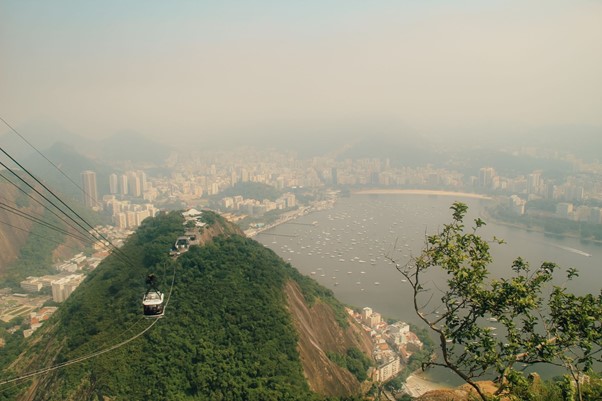

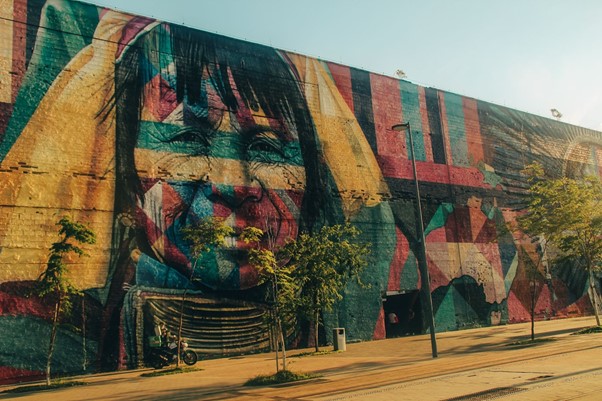
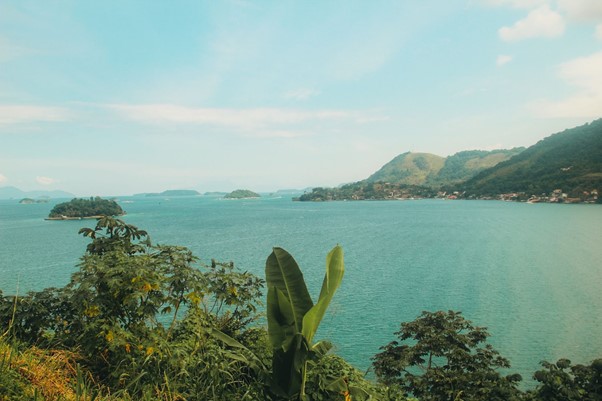
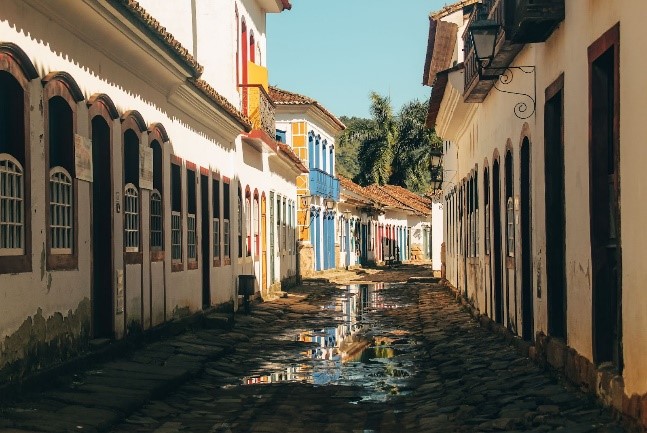
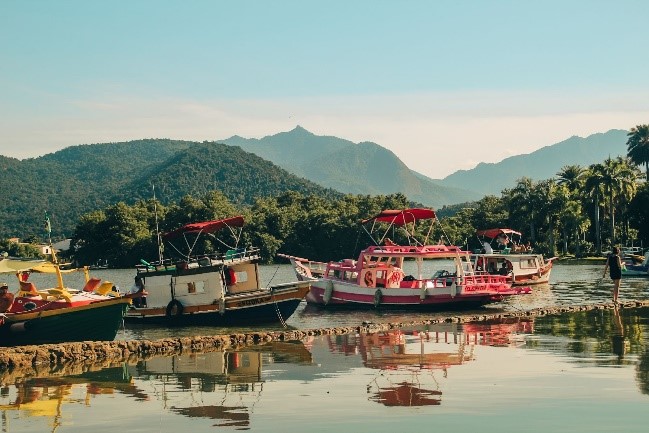
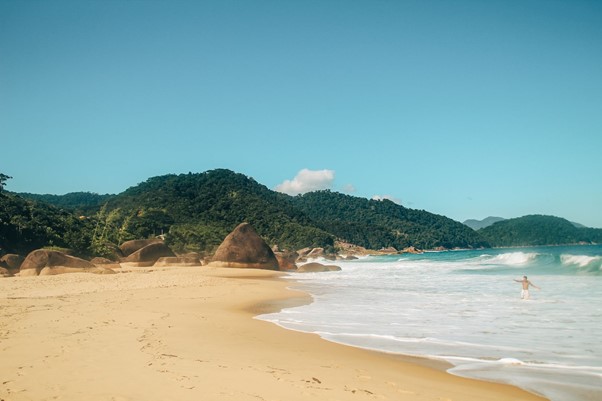


This Post Has 0 Comments